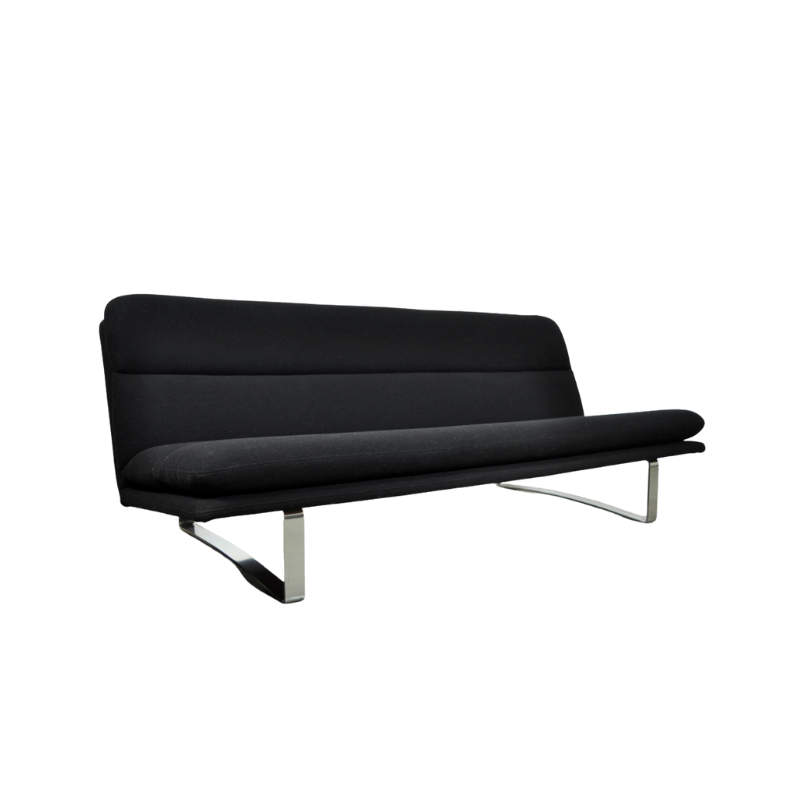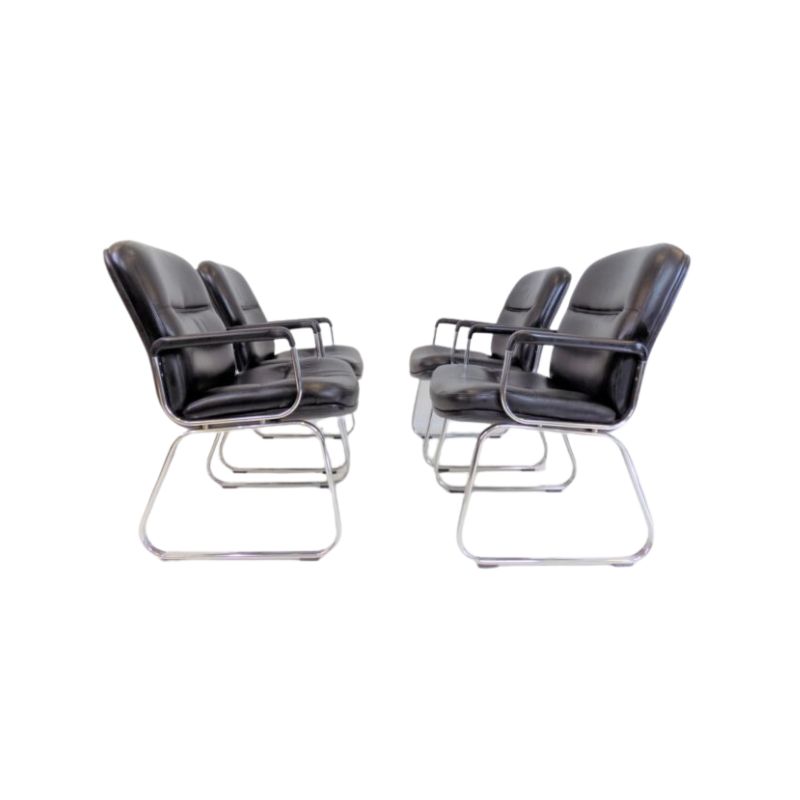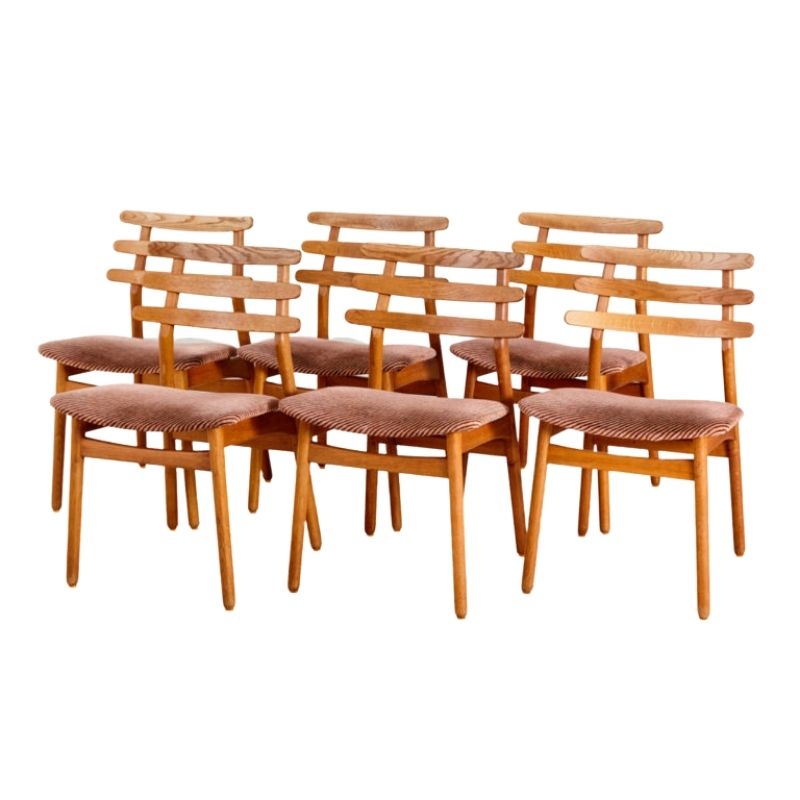I have promised myself that I will not start smoking a pipe until my seventieth birthday, which mercifully is still some time away. I love briar pipes. I love the smell of fine pipe tobacco. But since I lost both my parents to smoking diseases and my wife is a doc with endless horror stories on the subject, I intend to wait to start pipe smoking until I figure not to die early from it.
The above being said, I just finished reading Georges Herment's "The Pipe," a guide to pipes and the smoking of them, and began to wonder if a modernist designer had given pipe design a go? If yes, could someone tell me about, or link me to some examples?
Briar pipes are made of briar root; the best briar roots being found in the Nimes region of France, Corsica, and but few other places if I recall correctly. It turns our there is quite a remarkable craft required in making a fine pipe. And apparently the only sure way to get a good briar pipe is by selecting the cut block of briar (before it is finished) to be used to make the pipe. The author says the best pipes are cut from the center of the briar root. He adds that even the best pipe brands often sell both pipes cut from the roots core and lesser pipes cut from the outer part of the root. He says they do it to keep their profits up and because many undiscriminating pipe smokers will never know the difference. As I intend to smoke only for a relatively short part of my life, I aim to get some good pipes lined up the next 15 years, so I will be able to hit the ground puffing so to speak.
Anyway, any tips on modernist pipes would be much appreciated.
Thank you, thank you...
Now I will begin to investigate bowl shape and stem curvature. Very interesting efforts by Porsche. I particularly like this one.
http://www.porsche-design.com/live/P3614_Pipe_en.PorscheDesign?ActiveID=...
reformed smoker says...
here is a hot tip for you...georg jensen have closed their pipe manufacturing plant down or something and these are the last pipes they will produce, perhaps an investment? as you will no doubt barely use it in your dotage 🙂
http://www.ff-pipes.com/gj_year2007.html
Modern materials, anyway
DC: I, too, now feel that pipes are for the tribal elders; I cringe at the recollection of my sophomoric self long ago, puffing away. Although it felt right at the time. Anyway, somewhere in my collection are a couple of pipes purchased c. 1970, conventional "apple" or "bulldog" shapes with gently curved stems, that were made from some matte-black space-age composite, with what might be a graphite liner in the bowl. Black, refractory stuff. The selling points: no break-in ordeal, no moisture problems. I haven't fired one up for many years, but I remember they delivered on the promise. Heavy, though, and lacking the character of a briar. The trademark was "The Pipe," which is so generic that I fear it'd be difficult to research. , There was a cheaper but equally good knock-off called "The Smoke."
Hey dc, good to see you. You...
Hey dc, good to see you. You don't seem to be around as much late. The modernist pipes I recall best fit in the front secret pocket of a pair of Levis easily or in the inside pocket of a vest jacket, the kind we wore when we were getting dressed up to go see ZZ Top. Wish I could be of more help.
Pipes by Joe Colombo
dcwilson, if you're still interested in modernist -ish pipes, here's a 1969-70 pair I spotted in a book about Joe Colombo, who didn't seem to feel dressed without a briar. The caption reads, "Nei suoi schizzi de pipe per Butz Choquin, Joe Colombo ottene un piccolo, ma oltremodo practico miglioramento della classica forma del fornello in modo che divertasse una basa d'appoggio."
Let me try that picture thing again
...which means something like ""In his sketches de pipe for Butz Choquin, Joe Colombo obtain a small but extremely practico improvement of the classic form of the cooker so that became a base support." [they have flat bases so they stand upright on the table.]
http://s252.photobucket.com/albums/hh25/Heidekat/?action=view¤t=pi...
If you need any help, please contact us at – info@designaddict.com









